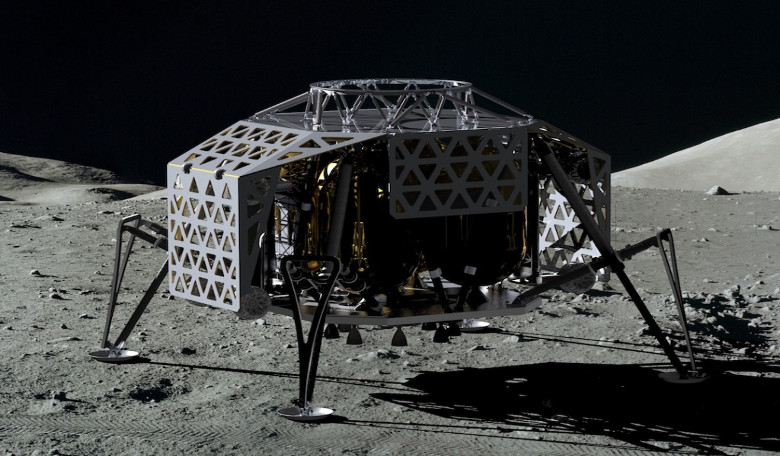PTScientists, a private space science and engineering company based in Berlin, has announced plans to revisit the landing site of Apollo 17, 45yrs after the historic mission saw the last human footprints on the Moon.
The company’s ‘Mission to the Moon’ is hoping to achieve what no-one else has achieved since 1972, but this time around the race to return to the Moon will be a privately backed one.
PTScientists have already developed a lightweight, four-wheel drive, solar-powered rover with the aid of technology partner Audi, and have also successfully negotiated a launch contract with Spaceflight Industries, Inc, showing that the team has come a long way since 2008 when the company was first founded. “It’s the last piece of the puzzle” says PTScientists CEO Robert Bohme, “we have been busy designing and testing our rovers, developing our transport and landing spacecraft, and now we have secured our ride to space.”
The team will follow in the footsteps of former Apollo 17 moonwalkers, Gene Cernan and Harrison Schmittare who are putting their support behind this mission, on the provision that the team are not allowed beat the lunar speed record that Cernan set while on the Moon!
The PTScientists are one of 16 teams still in the running for the Google Lunar XPRIZE (http://lunar.xprize.org/), and they will be using a commercial launch vehicle to blast their vehicles in to space. Once in orbit around the Moon, their Autonomous Landing and Navigation Module – ALINA – will safely deliver the rovers to the surface. It is expected that the number of teams vying for the prize will drop significantly as teams who have not secured launch contracts by the end of 2016 will be eliminated.
ALINA is capable of transporting up to 100 kg of payload to the Moon, which is enough to carry a pair of rovers – known as Audi lunar quattros – and still have room for additional scientific and commercial payloads. An offer that Sweden, Canada and the USA have already taken up with the company.
Speaking of their involvement in the mission Audi project director Ulrich Schwarze said, “we’re more used to designing cars on Earth, but when we heard what the PTScientists were planning we wanted to support them as fellow German innovators by sharing some of the knowledge we have built up over decades of vehicle design and manufacturing.”
The Audi lunar quattro boasts four-wheel drive and active suspension, which will help the team get to the landing site in the Taurus-Littrow valley so that they can take a closer look at how NASA’s Moon buggy has survived the inhospitable conditions of the Moon.
PTScientists have been working with German futurist and sci-fi author Frank Schaetzing to create a video about their work and showcase the pioneering spirit embodied by the team. “If we succeed [with the mission], we will have done something that previously only governments have been able to do” says Bohme, “we want our mission to inspire others to follow their dreams. You never know what is possible until you try”.
To see the film, click here: http://bit.ly/mttm-video











